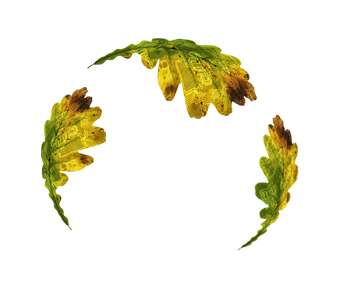Dr. Darren Hoeg was charged with leading a one-off session on Environmental Education, embedded in the intensive teacher-preparation course for Secondary Science teacher candidates at the University of Alberta. He had 90 minutes to get a feel for the group of up to 100 students and turn their minds on to both the issues of the environment and how to tackle them through Science teaching. He turned to a real-time class survey to get the class thinking and participating. Using the Kahoot application platform, Darren asked the students nine different questions with four possible answers. They were able to interact using their smartphones or other digital devices. After each question, he used the anonymous results to lead a brief discussion. The questions touched on concerns of individual choice, dependence on technology and the Oil Sands, among others.
As the complexity of questions increased, from a social and philosophical standpoint, and with only 20 seconds allowed to respond to each question, there were fewer responses as the survey progressed. For example, the first question, about food choices, asked: When I make grocery purchasing decisions, I consider the following in my selection: Local (23%), Organic (13%), Price (59%) or Non-GMO (5%). Results are shown in parentheses. For this question 56 of the 58 participants responded. In contrast with a later question, only 44 of the 58 students responded:

